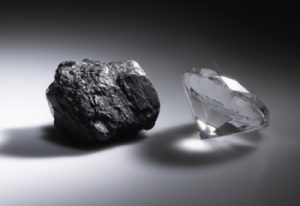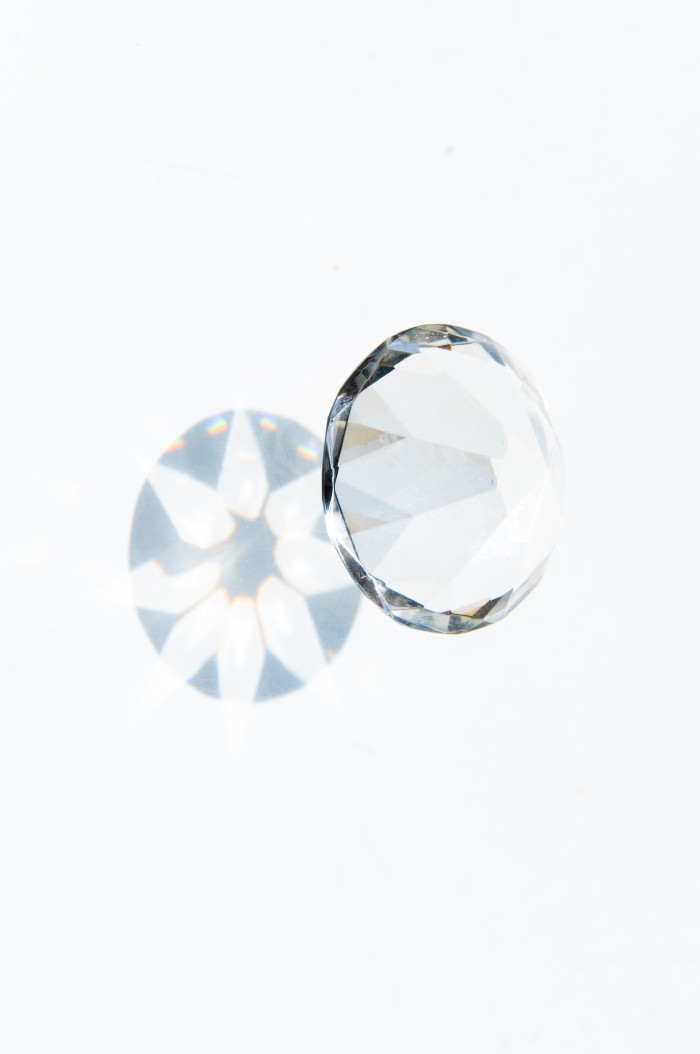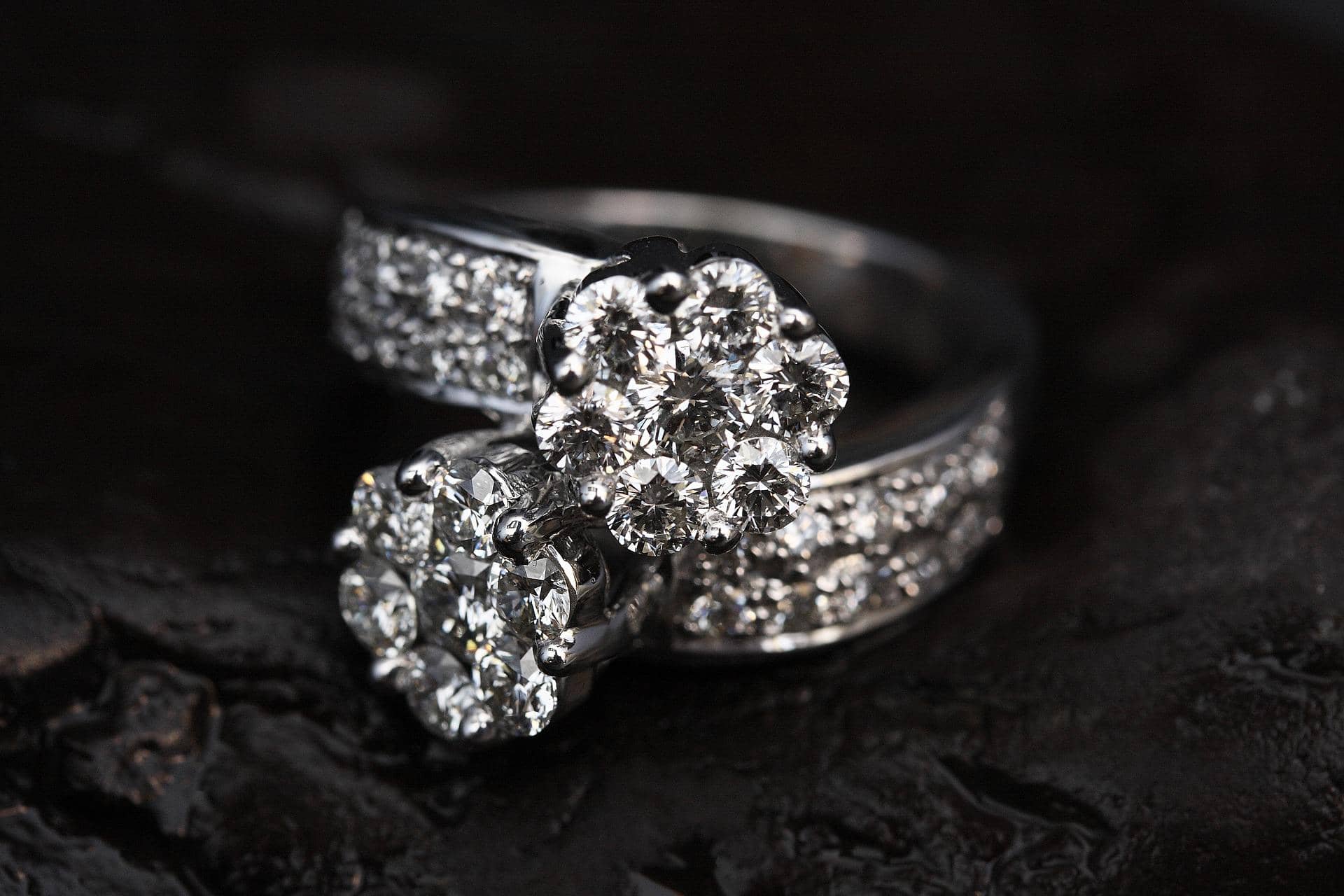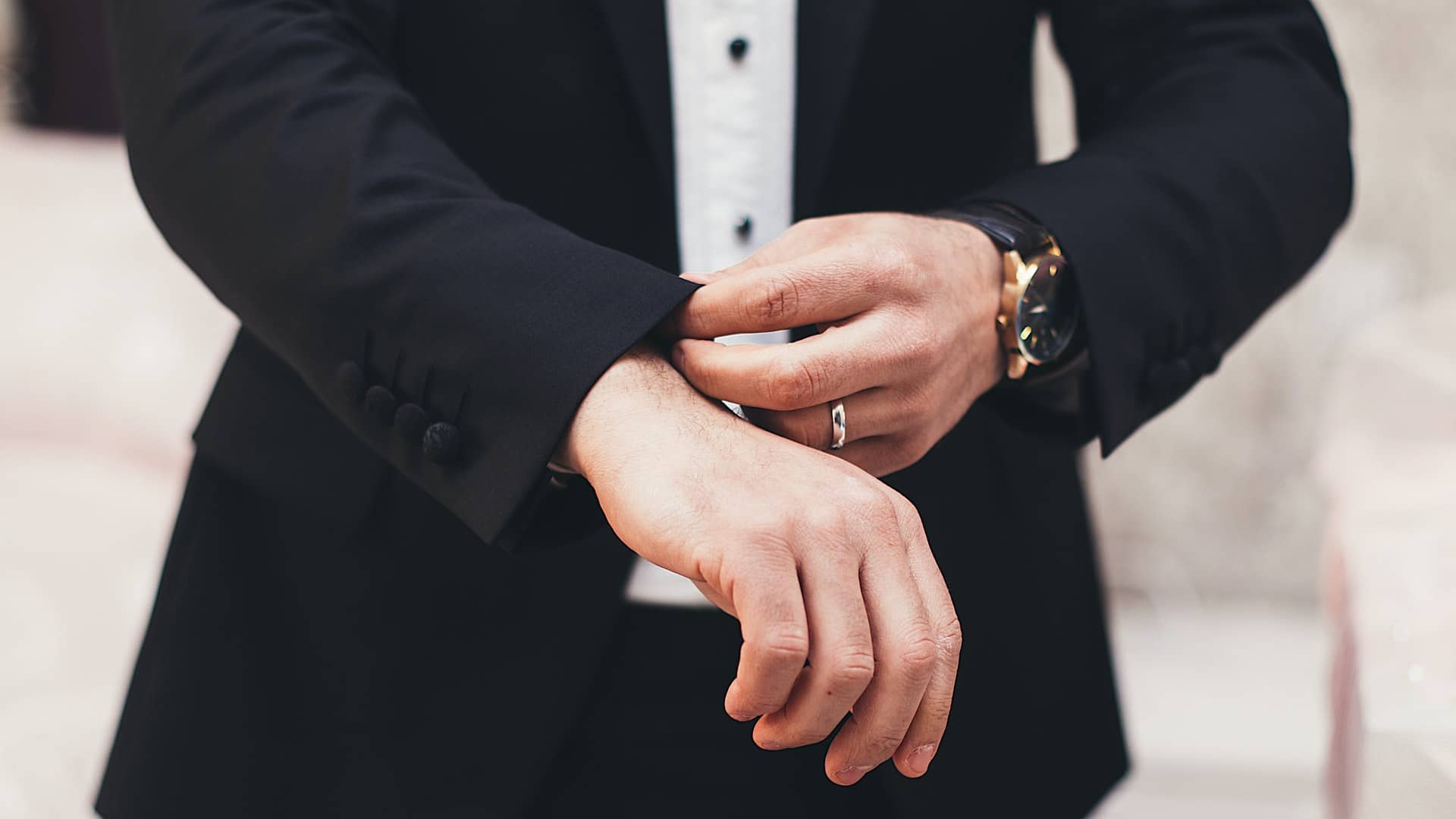We all know that diamonds have been around for longer than we have, but when exactly were they first discovered? Dating back over a thousand years, diamonds have a very long and fascinating history and have become one of the most intriguing gemstones on the planet.
Diamonds are more than just aesthetically beautiful, they are symbols of love, romance and commitment – the ultimate token of love. From engagement rings and men’s diamond rings to diamond bracelets and pendants, diamonds lend themselves to fine jewellery.
The History of the Diamond Industry: 3 Billion Years Ago

The key element in diamond formation is carbon, which over 3 billion years ago began to evolve under extreme heat and pressures. A diamond is made up of repeated units of carbon atoms joined to four other carbon atoms via the strongest chemical linkage, arranged in a crystal. Due to their extreme hardness and density, diamonds have a number of important industrial applications.
India – Where It All Began
The first ever diamond mine is believed to have originated in India in 800 BC. During this time, the stones were not valued for their beauty but for their ability to refract light – making them ideal decorations and talismans.
Over the years, diamonds were sought for many different purposes and during the Dark Ages people believed diamonds had medicinal properties. In the Middle Ages, they evolved to be an item of value and in 1215, Pope Innocent III declared an ‘engagement’ period between a betrothal and a marriage – diamonds would go on to be permanently linked with this romantic new idea.
Diamonds Come to Europe
Alexander the Great brought diamonds to Europe for the first time in around 327 BC, ahead of new trading routes opening in the 1330s that allowed the first major diamond cutting industry to begin in Venice, Italy. However, it was centuries later that we would see diamonds being incorporated into jewellery. In 1477, Archduke Maximillian of Austria presented Mary of Burgundy with a diamond engagement ring, thus starting the tradition of a man proposing marriage with a diamond ring.
As diamonds and diamond jewellery increased in popularity, Portuguese navigator Vasco da Gama gave European diamond traders better access to India in 1499, allowing the world of diamonds to grow.
Evolution of Diamonds in the Jewellery World
Once the technique for diamond cutting was mastered, diamonds’ place in the world rapidly evolved. In the 1600s, claw and prong settings began to be used to secure diamonds in fine jewellery and diamond rings.
Today, diamonds are mainly appreciated for their beauty and prestige, which is why they are used for jewellery. Diamonds are known to represent forever, and although they are no longer seen to have the ability to heal or protect, they convey a message of loyalty to their recipients, making it the ideal stone for jewellery, especially engagement rings.
Diamonds Found in South America and Africa
In the 1720s, diamonds were first discovered in Brazil, then in 1866, Erasmus Jacobs discovered an astonishing 21.25-carat diamond along the Orange River in South Africa. This find resulted in the beginning of large-scale diamond mining in South Africa, with the famous Kimberley Mine opening in 1871.
In 1902, legendary diamond cutter Joseph Asscher introduced the famous Asscher cut diamond and in 1919 Marcel Tolkowsky published a thesis on the proportions for creating the ideal round brilliant cut diamond – helping elevate the world of diamond jewellery to the position it holds today.
‘A Diamond is Forever’ Campaign
The 1930s saw the price of diamonds decline worldwide, and engagement rings were seen as a luxury and rarely contained diamonds. In 1938, De Beers engaged with N.W. Ayer & Sons, the first advertising agency in the United States, to change the image of diamonds in America.
They placed diamond rings on the hands of Hollywood stars and encouraged tabloids to run stories about how diamonds symbolise romance. In 1947, DeBeers coined the phrase “A Diamond is Forever”, ushering in a new era in diamond buying and helping solidify the idea of diamonds as a memorial to love.
The universal diamond grading system, known as ‘the four Cs’ was introduced by the GIA in the 1950s. The four Cs are colour, clarity, cut and carat (weight) and have become a universal method for establishing the quality of any diamond, anywhere in the world. The four Cs became important for two very big reasons: diamond quality could be communicated in a universal language, and diamond-buying consumers could understand exactly what they were about to purchase.
History of the Princess-Cut Diamond
In 1980 the princess-cut diamond was introduced in the United States and quickly gained popularity. This style evolved from the French cut, a luxurious style with historical roots dating back to the 14th century. As diamond cutting processes became more complex and knowledge of light performance grew, each diamond shape underwent a transformation.
The square shaped diamond first appeared in the early 1960s and was a different cutting pattern to the French cut. In the 1980s, diamond lovers embraced the Princess-cut diamond and its popularity has never dropped due to its ultra-feminine look and ability to evoke a fresh, modern vibe that brides love.
Major Diamond Mining in the USA and Canada
Even though millions of carats of diamonds change hands every year in Canada and the US, very few diamonds are produced in those countries. In 1988, major diamond mining began in North America in the Ekati mine. However, today the only active diamond mine in the country is the Crater of Diamonds mine in Arkansas. Over the years, many coloured diamonds, such as yellow or brown, have been discovered at the Crater of Diamonds.
History of Diamond Engagement Rings
Engagement rings first gained their romantic meaning back in 850, as diamond rings slowly began to grow in popularity across Europe. In the 20th century we saw sales skyrocketed for diamond rings, making them the ultimate token of love. The history of engagement rings began in 1215, when the Pope declared a waiting period before a marriage. Rings were used to signify a couple’s commitment to each other, and at the same time rings were introduced as part of the wedding ceremony.
The first recorded presentation of a diamond engagement ring was in 1477, when Archduke Maximilian of Austria proposed marriage to Mary of Burgundy. Although engagement rings were common at this time, diamonds were a rarity and reserved for royalty and the upper elite classes. In recent years, diamond engagement rings have become a very popular option, with people also opting for coloured stones and bands made from unique materials. The world of diamond engagement rings is forever evolving, but their symbolic meaning remains the same.
How Much Do Diamonds Cost?
Diamonds are one of the most impressive and expensive gemstones in the world. The cost of a one-carat quality diamond can range anywhere between £3,000 and £20,000, and this price range can be used to determine the average cost of smaller and larger carat diamonds.
The world’s most expensive diamond is the Cullinan diamond, worth up to $400 million, alongside the Hope diamond, which is worth an estimated $250 million. The larger the carat the bigger the price tag, due to their rarity and difficulty to mine.



